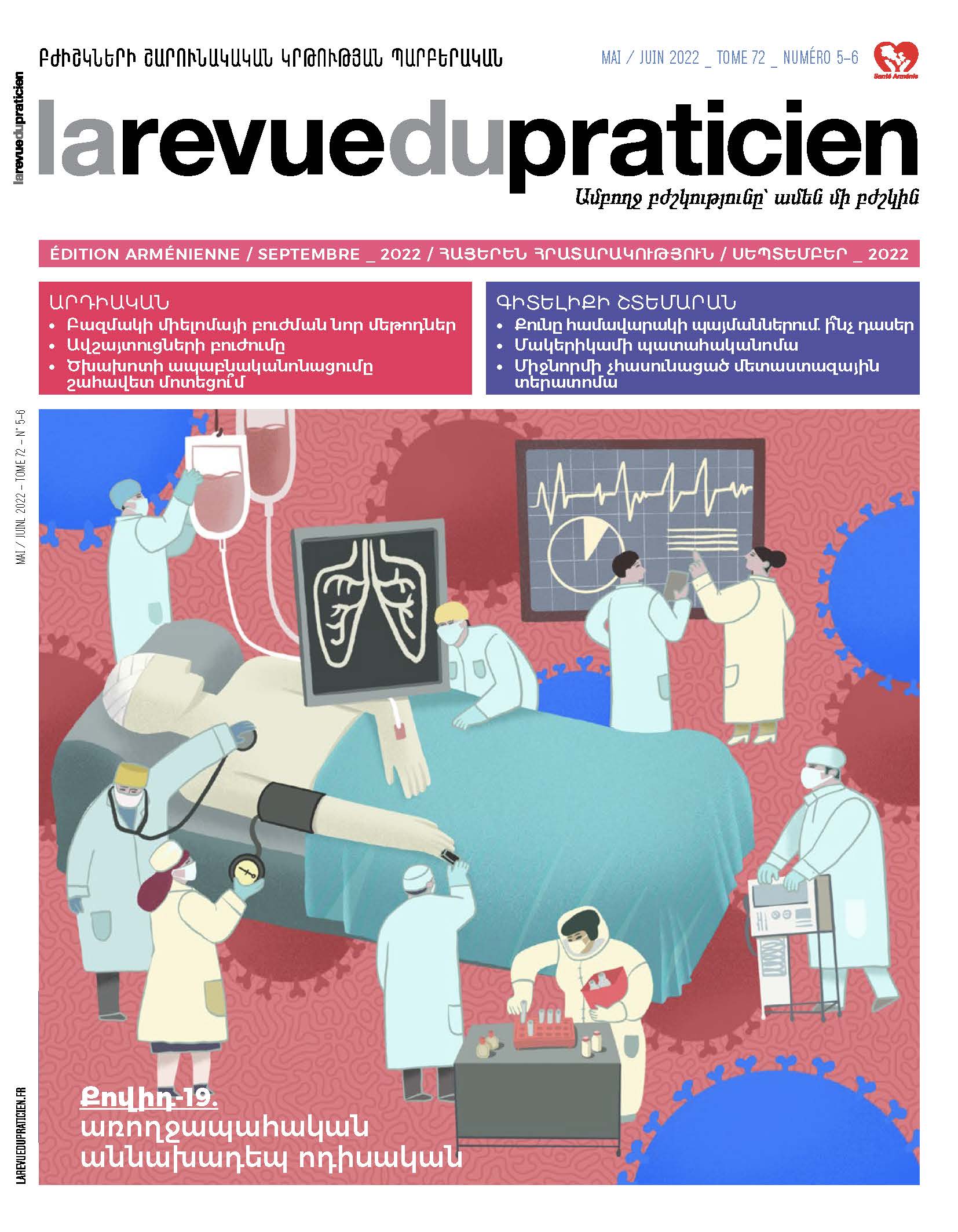Abstract
Management of Covid-19 is primarily guided by the severity of the respiratory involvement. Covid-19 is mostly asymptomatic or pauci-symptomatic allowing the ambulatory setting associated with isolation measures going from 5 to 10 days depending on the circumstances. Nirmatrelvir/ritonavir (Paxlovid) is currently the oral treatment for Covid-19 in adult patients not requiring oxygen therapy and at risk of severe disease in the absence of contraindications. For hospitalized patients requiring oxygen support, corticosteroid therapy and anticoagulation are the main supportive treatments in association with measures preventing secondary cases. The antiviral approach is limited in this context, consisting in passive immunotherapy (mostly neutralizing monoclonal antibodies) or direct-acting antivirals active on the dominant variant and that have demonstrated clinical efficacy.
